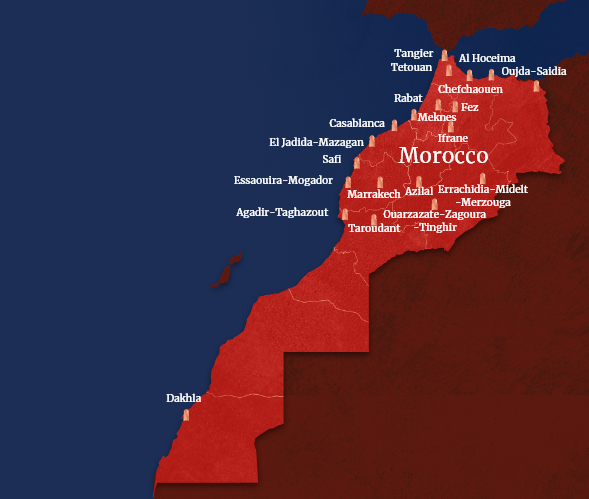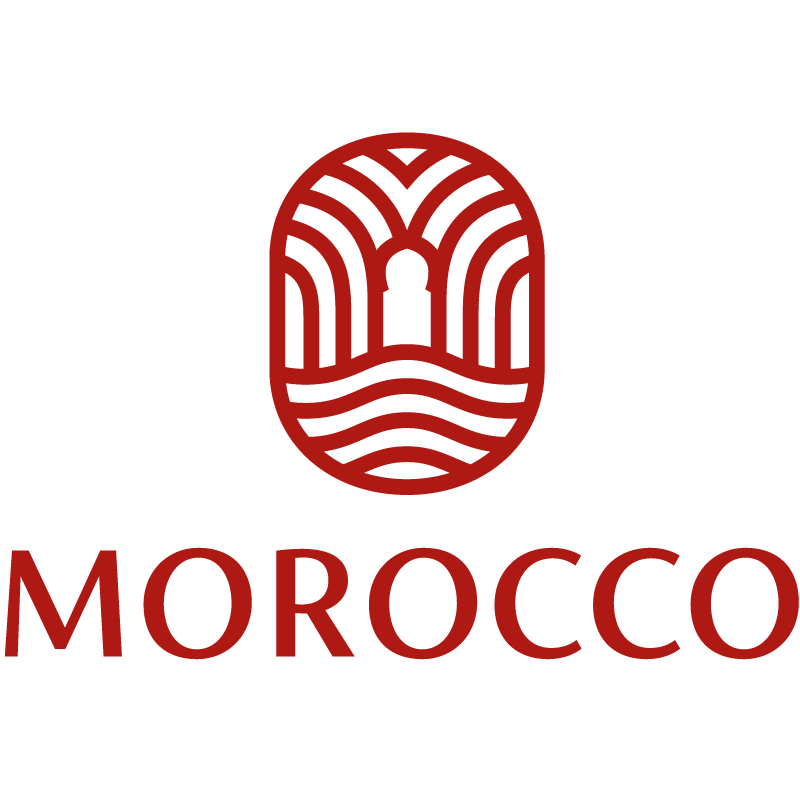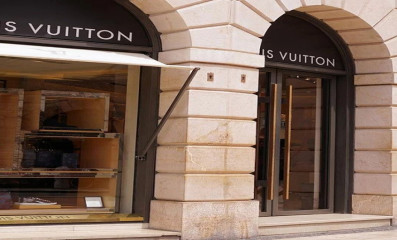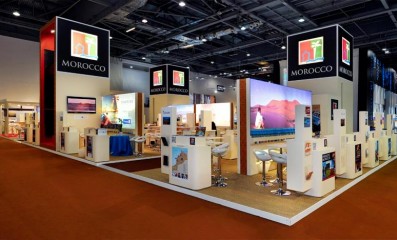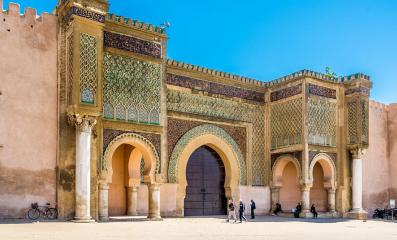You can’t spend too long in Morocco without noticing the intricate tiling that adorns so many walls, floors and even ceilings across the land. Painstakingly created, this captivating style of art is Zellige, and is to normal tiling as oil painting is to potato printing.
It’s a form of Islamic art that came to prominence in the reign of the Merinid dynasty, during the 14th century. Initially the only colours that could be used were blue, green and yellow, black and white, until red was added to the mix in the 17th century. The use of geometric patterns came about because Islamic teaching prohibited depicting living things. Actual tile shapes can vary wildly, though the most common forms take the shape of a square, an octagon, a star or a cabochon.
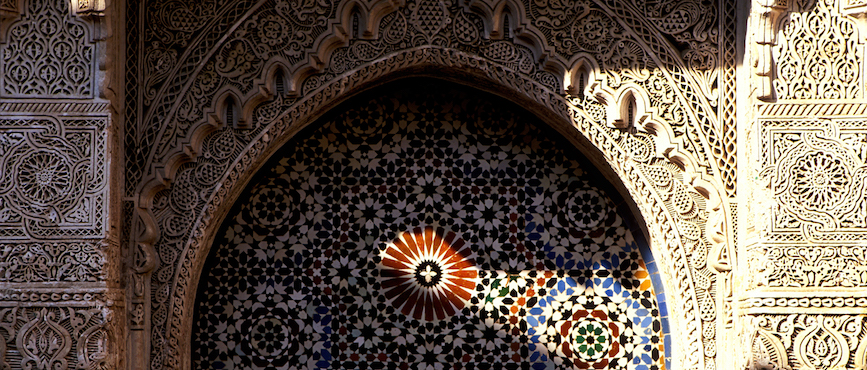
The process of creating zellige begins with creating clay blanks which are then dipped in coloured enamel and fired in huge kilns. Small shapes are stencilled onto the back of the tiles and expertly chiselled out.
These pieces are placed in a geometric pattern, face down in a frame, before a clay layer is applied to hold them all together. The whole process is mesmerising and we recommend you try and watch the process live when you’re next in Morocco. (If you can’t wait, this video is a good substitute.)
It’s an art that has barely changed in nearly a millennium. Training starts as a child, and only after many years of practice can someone be counted a maâlem (master craftsman).
As you can imagine, this hugely labour-intensive procedure isn’t cheap, and zellige was (and is) used as a status symbol, to express the wealth and the sophistication of the owner. As such, some of the best examples can be found in the Imperial Cities, especially Fez and Meknes, while the giant Hassan II Mosque in Casablanca was one of the first places to use computers to model its own zellige arrangement.


